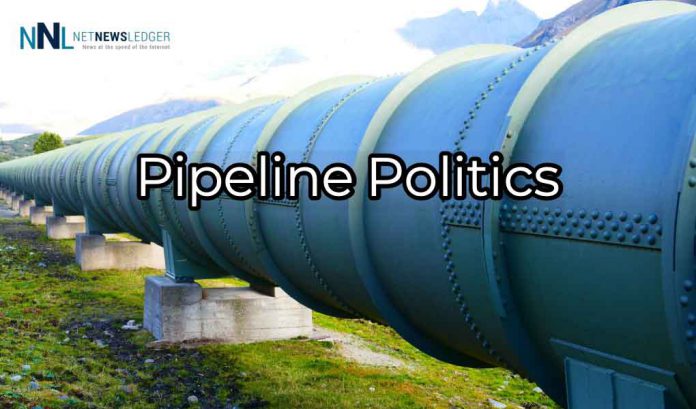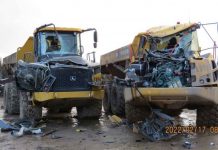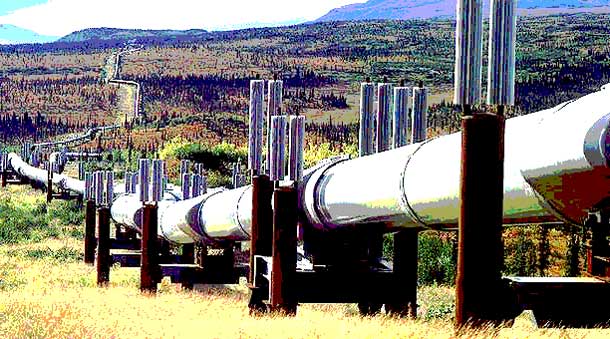Wet’suwet’en Territory – Coastal Gaslink has commenced pipeline construction through hundreds of wetlands without first completing required environmental fieldwork, an investigation by BC’s Environmental Assessment Office (BCEAO) has found.
This spring, the Compliance and Enforcement branch of the BCEAO conducted an inspection of Coastal Gaslink’s wetland construction planning process for a section of pipeline where Unist’ot’en and Gidim’ten Clans of the Wet’suwet’en Nation had expressed concern over a lack of wetland planning. After finding that wetland construction planning had not been completed in this section of the pipeline, the BCEAO inspected the rest of the pipeline route and determined that the wetland construction planning process outlined in Coastal Gaslink’s Wetlands Management Plan has not been followed for any of the protected “ecologically and socio-economically important” wetlands along the pipeline route.
CGL authored the Wetlands Management Plan and cannot claim ignorance of the requirements laid out within it. The vast majority of these protected wetlands – the most sensitive ecological and cultural features considered when conducting industrial activities in forested landscapes – have already been cleared and leveled without having been assessed as required.
There are nearly 300 of these protected wetlands along the pipeline route, and Coastal Gaslink’s “Qualified Professionals” have neglected to develop site-specific mitigation for any of them. Nearly 80% of the pipeline right-of-way has been cleared already, affecting most of these protected wetlands.
The BCEAO has issued a “cease and remedy” order for any construction activities within 30m of one of these protected wetlands, and that further assessments must be undertaken for both the damaged wetlands and the wetlands yet to be impacted by construction. Unfortunately, It will be CGL’s same Qualified Professionals who failed to properly assess these wetlands in the first place who will now assess how badly the wetlands have been damaged.
The BCEAO has informed the Wet’suwet’en that it will be Coastal Gaslink’s Qualified Professionals who are ensuring that machinery isn’t run within 30m of these wetlands. These are the same Qualified Professionals who authorized machinery to operate through protected wetlands across almost 80% of the route without proper assessments or site specific mitigation plans.
Wet’suwet’en leadership has repeatedly requested that Coastal Gaslink provide specific plans for how they plan to cross watercourses and wetlands in the territory, which are used heavily by Unist’ot’en Healing Center clients and Wet’suwet’en members for hunting, trapping, and medicine gathering. Coastal Gaslink has been unable to provide these site-specific plans. This recent EAO determination shows Wet’suwet’en leadership that this lack of planning was actually illegal under the Environmental Assessment Act, as it violates Condition 6 of the project’s Environmental Assessment Certificate.
CGL cannot continue to ignore the Environmental Assessment Act in order to meet its construction targets. The BC EAO’s priority should be to protect the public interest, not to ensure that CGL’s construction timelines are met. It is unacceptable that hundreds of wetlands would be damaged before any enforcement action is taken.
“The willful disregard and destruction of sensitive ecosystems for a pipeline just go to show how little CGL respects us or our land. The recent photos of the police with the automatic rifle lurking by the smokehouse at Wedzin Kwa headwaters along with this rampant unchecked destruction and disregard for protective EAO requirements is further proof of systemic racism – violence against us and our land continues to go unchecked to serve colonial interests. Our lives, our culture, and our land are all disposable in CGL’s and the Canadian government’s eyes,” says Dr. Karla Tait, Unist’ot’en member and Clinical Lead at Unist’ot’en Healing Center.
The EAO inspection record and enforcement orders are linked below. Additional noncompliance orders have been issued against other conditions of CGL’s Environment Assessment Certificate and are available through the EAO’s EPIC website.







